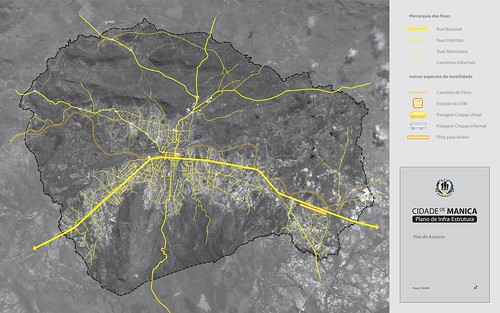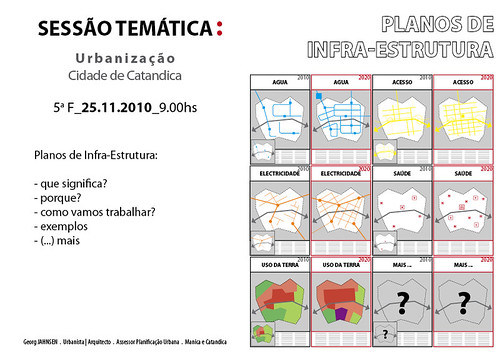Timetable for the automatic order processing Author: Mag Eric Kaltman, Senior Consultant TEMA Operational excellence in the administrative process is now more than ever the "sine qua non - Condition of competitive businesses. The order processing interface to the Customer will therefore gain in importance as the product is only an hour late, we can not afford anymore. Put another way: with a 100% fill rate to attract customers!

are key processes for order fulfillment on the one hand a functioning Demand & Supply Chain Management to operational sales plan (if you promise things you can not keep, or your delivery times are not competitive, the best order processing will fail), on the other hand, a well-structured, stable and fast order processing (order to cash process). What are the conditions required to be a load on the Customer Service Center automatically handle standard order, displays the current posting. Anticipation should be noted: The conditions are primarily in the organizational field. Both the functionality you need (Note: The author refers to his experience with SAP R / 3) and the technology to integrate systems in times of SOA, EAI and Web . Services no longer an issue
As guidance for the process flow we use the TEMA reference business process model
The basic problem: An automatic order processing required in the system stored decision rules, not a single standard for all customer functions, either in the specification of the transport processing, etc., and certainly not in pricing. In addition, order changes - often at the last minute - a common "show stopper" for efficiency in processing.
condition 1 is an appropriate customer segmentation, in turn, their input refers to the result from the Generic Supply Conditions Customer Service Levels. These include not only things such as Incoterms, payment terms etc. but also process-related parameters such as internal / external lead times, "rush order" - time limits, change fees, minimum order sizes, number of batches per delivery, etc. that are designed for each customer segment differently are. A "strategic customer" will be treated differently, therefore, as a buyer or opportunity. a distributor, a group-sales company in turn different external and a distribution chain. For example, for strategic customer can reserve a "iron stock" order for this to always have product available for the casual buyer, this would, of course the capital is binding (and product storage costs!) nonsense. Another example: If you are able to demonstrate change orders for non-strategic customers with a change fee, you will not only reduce the number of changes, but "save" and the resulting legal costs.
Condition 2 is complete and accurate master data management, taking into account all necessary for a plan-driven material requirements planning position parameters on material and customer.
assumption 3 is the definition of customer-related credit limits that are considered within the framework of the automatic credit check on order volumes and accounts receivable.
assumption 4 is a functioning, the customer service levels considered dynamic availability check on all stages (with the underlying piece of material, routings, etc .) Non - availability of the product that the dispatching is done in the (customer-border) production plan and schedule of availability for the customer according to its segment. Quality selection (such as for batch production in the chemical industry) and booking procedures (safety stock, booking in balance with demand planning, etc.) are an integral part.
The "Available to promise" - Check is relevant for success even at the customer's request, since we assume that statements must be answered about the availability over the phone customer service center in the request.
condition 5: Definition of rules for automated price determination independent of manual intervention by key account managers or business management! In addition to the consideration of customer segment customized discount scales are needed, etc and maintain.
condition 6: Selection of a Vorzugsfrächters per freight route (road / rail / sea / air) and any region. Contractually binding and service levels correlating with the Customers Service Level Agreements enable the definition and the deposit of price tables (eg service level. Delivery time, distance, weight, etc.) for automatic identification and cargo freight price order.
condition 7: Defining the outsourcing strategy (such as FIFO, partial pallets first, ...) and if automated handling equipment in use: integration of the ERP system with the warehousing and handling equipment for the automatic generation of outsourcing contracts and confirmation of the amount used.
condition 8: Definition of sharing rules and limits of tolerance for intervention-free order processing. Clarify all order details have to order dispatch by the service desk.
can Undoubtedly, in the details still have as many conditions and is not bearing produces direct bearing pavers or loose product is not the same packaged product is, etc. Primarily this is about the efficiency potential of a customer segmentation for their consistent application to the pricing and the effect of Customer Service levels to reduce the number of job changes and procedural burden on non - profitable customers.
Conclusion: The internal order processing can be automated so far, that he - in the standard case of available product - its limits only in the actual removal, the product and can be settled so quickly. At the same time the number of "standard contracts" will increase dramatically
With complete order entry is automatically triggered the credit check and availability check and approved the contract in the positive case. The pricing is (already in tenders) automates the delivery date (= customer request date) is in the availability check, then accepted if it is due to the internal and external (freighters) lead times and complied with the relevant customer service levels can be. The release generates an order confirmation via email to the user and automatically creates the delivery, which in turn generates a function of aging times, etc. of the camp at the appropriate time a "removal order" to the warehouse. The same applies to the creation of a purchase order to the freight carriers. According to the outsourcing strategy is to pitch managed warehouses destocked good / parking space identified by the warehouse management system and outsourced goods. With the use of automated materials handling equipment is to acknowledge the outsourcing of goods output set automatically in the delivery, initiated the printing of shipping documents and the goods issue, which in turn generates the invoice. Using the same automated Mahnvorschlags you monitor the payment. By applying the procedure with your credit Vertragsfrächter You can also eliminate the cost of the audit of freight bills.










